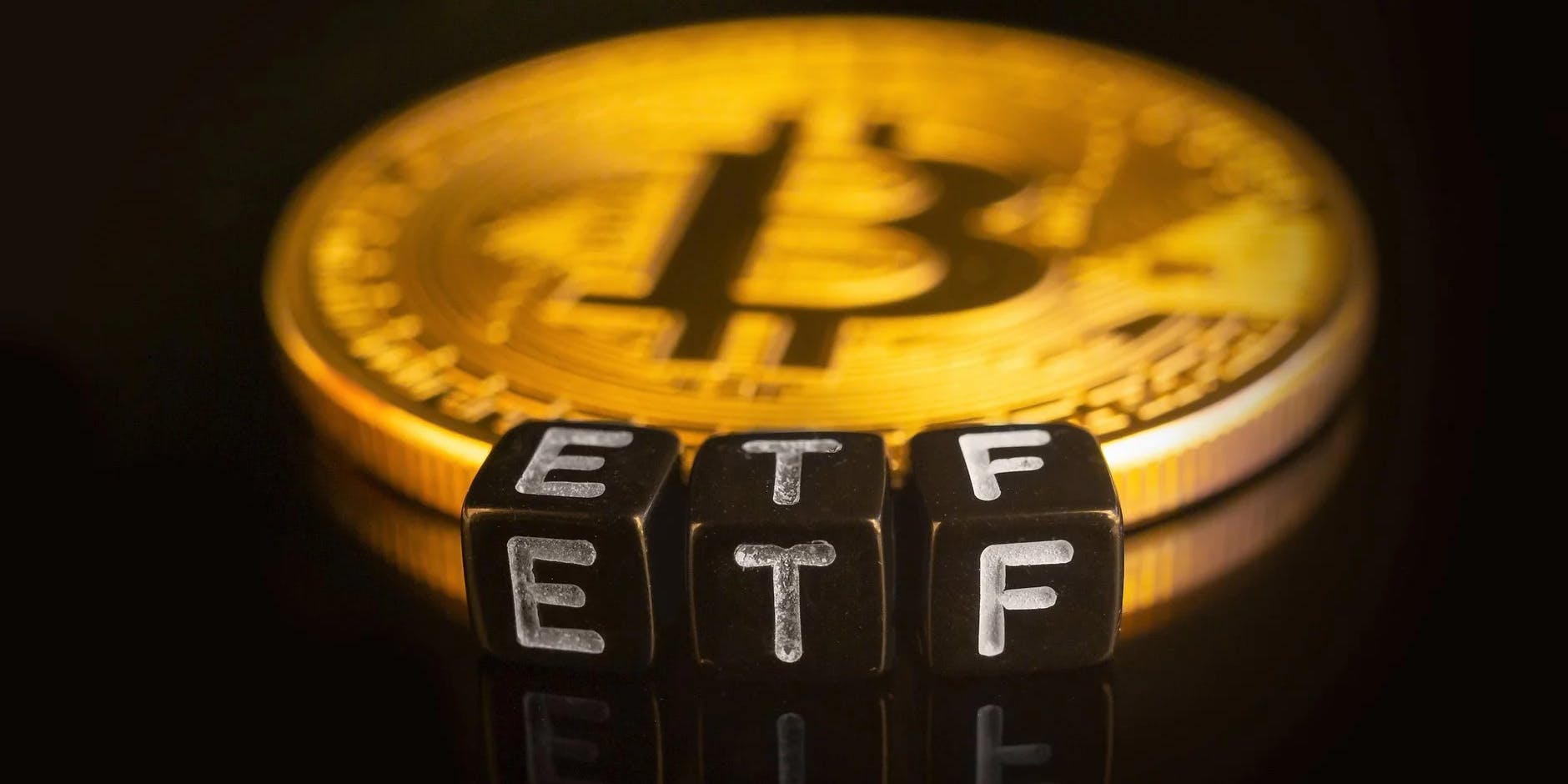
What kind of projects have higher secondary returns?
Previously, veDAO released the 'veDAO Weekly Project Selection, Top 10' list. In this article, the veDAO Research Institute will analyze this list to dissect the characteristics and patterns of projects in the secondary market that can achieve higher returns, helping readers to make clearer investment strategies.
Understanding the list
The list comes from the veDAO Research Institute's weekly project recommendations. As of now, a total of 6 issues of project selections have been recommended, spanning a period of two months (2023.06.07-2023.08.07), covering various tracks such as DeFi, Layer 2, and more. According to statistics, among the projects recommended by veDAO, 16 projects achieved positive returns within the two-month investment period, with 8 projects having a return rate of over 50%, and the first two projects having a return rate of over 100%.

Among the 16 projects with positive investment returns as compiled by the veDAO Research Institute, in addition to the aforementioned 10, there are also LootBot (30%), Maverick (26.8%), Lyra (18.6%), Lotus (16.2%), Worldcoin (14.6%), and Chainlink (8%).
According to the statistics, among the 16 projects: the Ethereum mainnet no longer seems to dominate, but EVM chains are still active; DeFi remains the main narrative of the current Web3; concepts such as Layer 2, AI, and bots are relatively popular; almost all projects have a funding background. In addition, the inclusion of Helium and Worldcoin on the list also indicates that the narrative of "connection with the real world" is still valued in the Web3 context.
Inverted primary and secondary market returns in a bear market
In addition to the 'veDAO Weekly Project Selection', the veDAO Research Institute also has a content section for weekly IDO project selection. Originally, the veDAO Research Institute intended to release a ranking of IDO project returns, but when tracking their prices, it was found that since June of this year, the vast majority of IDO projects have not performed well in terms of investment returns, with a common trend of declining prices after listing.

Apart from Arkham, which has caused a significant stir in the industry, rising from its issuance price of 0.05 USDT to the current 0.43 USDT, maintaining an 8-fold increase, and Brickken, which opened at 0.11 USDT and rose to a high of 0.18 USDT, almost all other IDO projects have experienced a decline. Therefore, the veDAO Research Institute abandoned the idea of creating an IDO return rate ranking, and also began to consider the possibility that in the current Web3 market, the investment returns of the primary and secondary markets have become inverted.
In fact, in a bear market, most projects will experience an inverted situation, where the price obtained in the primary market is often higher than in the secondary market, which is quite embarrassing. When these projects go online, they tend to decline in price, regardless of how much attention or investment they have received.
The reason for this situation, as it appears now, is twofold: on the one hand, the difficulty for Web3 venture capital to obtain funding has intensified. Due to the spread of the market's cold winter, many projects have difficulty obtaining institutional support, or institutions are unable to provide the necessary investment amounts for projects, leading projects to seek fundraising through IDOs. In such cases, the projects that have completed fundraising may not invest more assets in managing market value.
On the other hand, the industry landscape is gradually differentiating, with almost every project that emerges in the market having the shadow of well-known VCs behind them.
In the previous bull market, many participants in primary market investments earned profits of around ten times, sparking a wave of investment frenzy in the primary market. At that time, many people invested in star projects such as FIL and SOL, catching the investment frenzy, combined with the rise of the DeFi concept, creating one wealth myth after another, and allowing early investors behind the projects to gain excessive returns.
As the bull market progressed, countless primary market projects emerged in the industry every day. After screening for quality and excluding inferior projects and scams, it was discovered that every project in the market had the endorsement of major investment institutions behind them. For example, in the previous bull market, as long as a project was listed on Conlist, early investors had the shadow of famous investment institutions such as Binance, Three Arrows, and a16z.
Ordinary investors can only grab shares in the public offering rounds on Launchpad, and the price of the shares they grab, compared to the price at which institutions enter, may have already increased several times or even dozens of times.
The premise of dancing with the institutions is that the investment conditions of retail investors and institutions are roughly the same, but when there is a significant difference in the holding prices between the two parties, dancing with the institutions becomes a risk of seeking skin from a tiger.
In addition, events such as the black swan of LUNA and the collapse of FTX have intensified the financial risks of institutions. Therefore, the first choice for these institutions to obtain chips is to sell them in the secondary market to lock in profits. As for users who participated in the early public offering, they unknowingly become the institutions' bag holders.
Therefore, compared to the players in the primary market who are trapped as soon as they go online, the success rate of waiting for low-level bottom fishing in the secondary market may be higher.
The AI+Web3 concept may become the new favorite
From the above list, we can see that projects with the highest gains, including Tenet and KyberSwap, almost all cover the concept of AI, indicating that the narrative of AI+Web3 is increasingly being valued.
Currently, the combination of AI+Web3 is more inclined towards toolization, such as the narrative of BOTs that are somewhat related to AI, currently dominated by UniBOT and Telegram BOT. After users import their wallet mnemonic phrases, these BOTs can perform certain trading operations for users, such as token exchanges, copy trading, portfolio analysis, automated on-chain interactions, cross-chain assets, and more.
The advantage of the BOT narrative is to provide users with a more friendly and convenient entry point into encryption, which is beneficial to breaking the circle of Web3 as a whole, allowing more users who have not yet entered the encryption industry to have a better encryption experience.
Another important narrative of AI+Web3 is the information aggregation platform that replaces commands with intent, such as veDAO, ChainGPT, and the recent 3GPT, by integrating AI technology into the ecosystem and specializing in Web3 content training. Users no longer need to search on a website or enter keywords to get feedback, but can communicate their intent through chat, allowing AI to understand their intent and provide the most accurate content and information to users.
Similar to what veDAO is currently doing, as a Web3 investment guide, veDAO is committed to accurately capturing the development dynamics and market performance of projects for users, driven by AI, truly becoming the user's intelligent investment advisor. In the current state of the primary market, if you want to find the most suitable investment targets in the secondary market, veDAO is undoubtedly one of the best choices. On the veDAO platform, various projects in the industry are integrated, including Twitter popularity, Twitter sentiment value, whale popularity, IDO information, and more, as well as expert comments and KOL opinions to guide investments. Users can view projects from different perspectives and obtain more comprehensive conclusions.

Recently, veDAO will also launch AI investment planning, which will conduct more granular analysis of smart wallet addresses, on-chain and off-chain data, allowing users to complete alpha project screening and tracking in one place.
Conclusion
Based on the above, we have reached a conclusion: in the current market situation, the investment returns in the secondary market are better than those in the primary market. Projects with the AI concept also perform well in the secondary market. Undeniably, in the near future, the overall market situation in the primary market is still unlikely to improve, but at the same time, structural opportunities still exist, such as the gradual prosperity of the AI+Web3 concept. In this logic, choosing a platform like veDAO, which can help find high-quality targets in the secondary market and is compatible with the AI concept, seems to be a very cost-effective decision.
Follow us
veDAO is a decentralized investment and financing platform led by DAO, committed to discovering the most valuable information in the industry, and enthusiastic about exploring the underlying logic and frontier tracks of the digital encryption field, allowing every role within the organization to fulfill their responsibilities and receive rewards.
Website: http://www.vedao.com/
Twitter: https://twitter.com/vedao_official
Facebook: bit.ly/3jmSJwN
Telegram: t.me/veDAO_zh
Discord: https://discord.gg/NEmEyrWfjV
🔴Investment carries risks, projects are for reference only, please bear the risks on your own🔴




